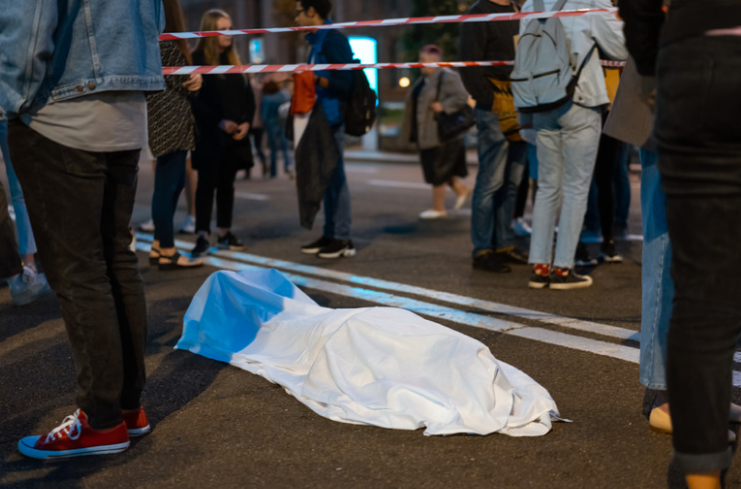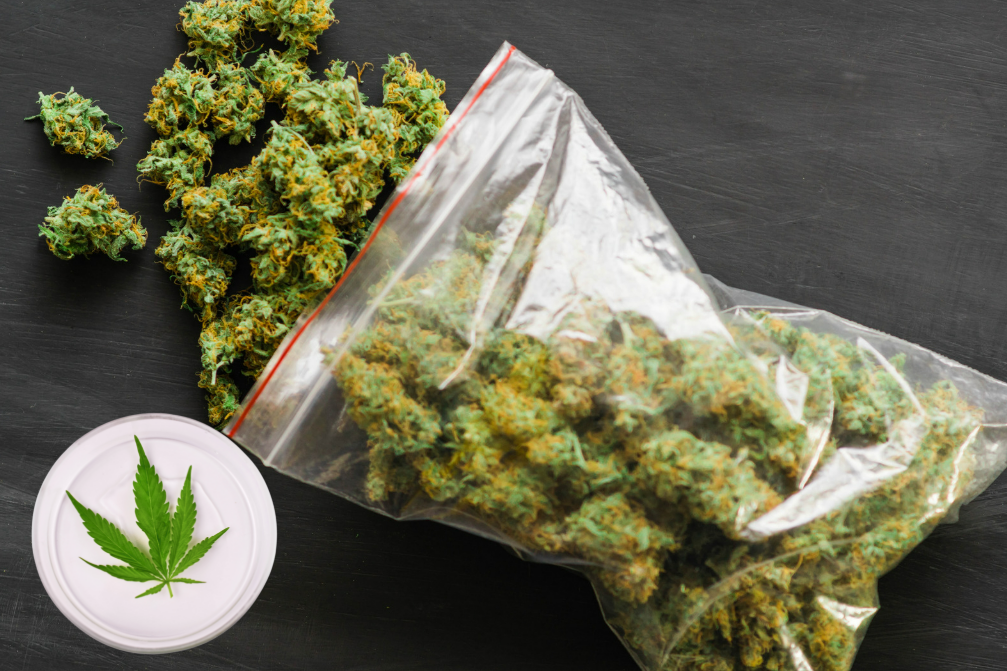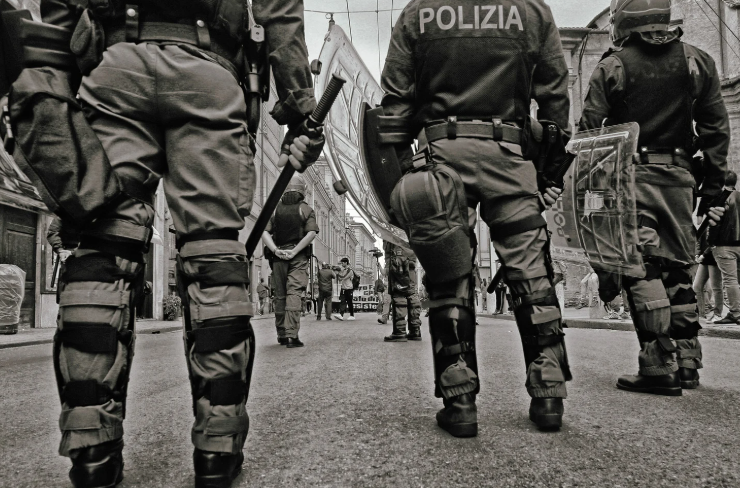Understanding Involuntary Manslaughter

What Is Involuntary Manslaughter?
- Involuntary manslaughter occurs when a person unintentionally causes the death of another through reckless or negligent actions.
- This crime differs from murder, which involves intent, as involuntary manslaughter lacks premeditation or malice.
- The specific definitions and penalties for involuntary manslaughter vary by state and jurisdiction.
- Learn more about criminal charges from the U.S. Department of Justice.
Examples of Involuntary Manslaughter
- Reckless Driving: Causing a fatal accident while speeding, texting, or driving under the influence.
- Negligent Supervision: Failing to secure dangerous equipment or substances that lead to a fatal accident.
- Medical Negligence: Healthcare providers making grossly negligent errors that result in patient death.
- Unintentional Discharge of a Firearm: Mishandling a weapon that accidentally kills someone.
Types of Involuntary Manslaughter
- Criminal Negligence Manslaughter: When a person’s grossly negligent behavior leads to a fatality, such as ignoring safety protocols.
- Unlawful Act Manslaughter: Occurs during the commission of a misdemeanor or non-violent felony that results in death.
- For more insights into legal definitions, visit the American Bar Association.
Penalties for Involuntary Manslaughter
Penalties vary widely depending on the jurisdiction and circumstances but may include:
- Prison Time: Sentences range from a few years to decades, depending on the severity of negligence.
- Fines: Offenders may face significant financial penalties.
- Probation or Community Service: Courts may impose alternative sentencing in less severe cases. For state-specific penalties, check the National Conference of State Legislatures (NCSL).
Defenses Against Involuntary Manslaughter Charges
- Lack of Negligence: Proving that the defendant acted responsibly and the death was unavoidable.
- Unforeseeable Circumstances: Arguing that the fatality was due to factors beyond the defendant’s control.
- Insufficient Evidence: Challenging the prosecution’s ability to prove causation or gross negligence.
- Self-Defense: Demonstrating that actions were necessary to protect oneself or others.
How Prosecutors Build a Case for Involuntary Manslaughter
- Establishing Duty of Care: Prosecutors must prove the defendant had a responsibility to act with reasonable care.
- Proving Breach of Duty: Evidence must show that the defendant’s actions violated that responsibility.
- Demonstrating Causation: The prosecution must connect the defendant’s actions to the victim’s death.
- Highlighting Recklessness or Negligence: The court evaluates whether the defendant’s behavior demonstrated disregard for human life.
Impact of Involuntary Manslaughter on Victims’ Families
- Families of victims often experience profound emotional trauma and financial challenges following a loss.
- Many families pursue justice through criminal proceedings or civil lawsuits for wrongful death.
- Advocacy groups and community organizations provide essential resources and support for those affected by such tragedies.
Preventing Involuntary Manslaughter
- Safe Driving: Avoid reckless behaviors such as speeding, texting, or driving under the influence.
- Responsible Ownership: Properly store firearms, hazardous substances, or dangerous equipment.
- Adherence to Safety Protocols: Follow workplace and community safety guidelines to minimize risks.
- Education and Training: Increased awareness and training can help prevent negligent actions that lead to unintended harm.
High-Profile Cases of Involuntary Manslaughter
- Some cases, such as those involving medical malpractice, workplace accidents, or public figures, bring attention to legal standards and societal accountability.
- These cases often highlight the importance of enforcing safety measures and addressing negligent behavior.
- For case studies, explore resources from the National Criminal Justice Reference Service (NCJRS).
Rehabilitation and Sentencing Alternatives
- Courts may consider alternatives to incarceration, such as probation, community service, or mandated counseling, depending on the circumstances.
- Restorative justice programs may allow offenders to meet with victims’ families to address the harm caused and work toward reconciliation.
Why Understanding Involuntary Manslaughter Matters
- It is crucial to differentiate between intentional and unintentional acts to ensure fair treatment in the legal system.
- Knowing the laws surrounding involuntary manslaughter can help individuals understand their responsibilities and the consequences of negligence.
How Lawyers Corner Can Help
At Lawyers Corner, we are dedicated to providing expert legal representation for individuals facing involuntary manslaughter charges. Our experienced attorneys understand the complexities of these cases and work tirelessly to protect your rights, build a strong defense, and achieve the best possible outcome.
For more information or to connect with a qualified attorney, visit Lawyers Corner Contact Us. Let us help you navigate these challenging legal matters with confidence and care.

Related Items:





